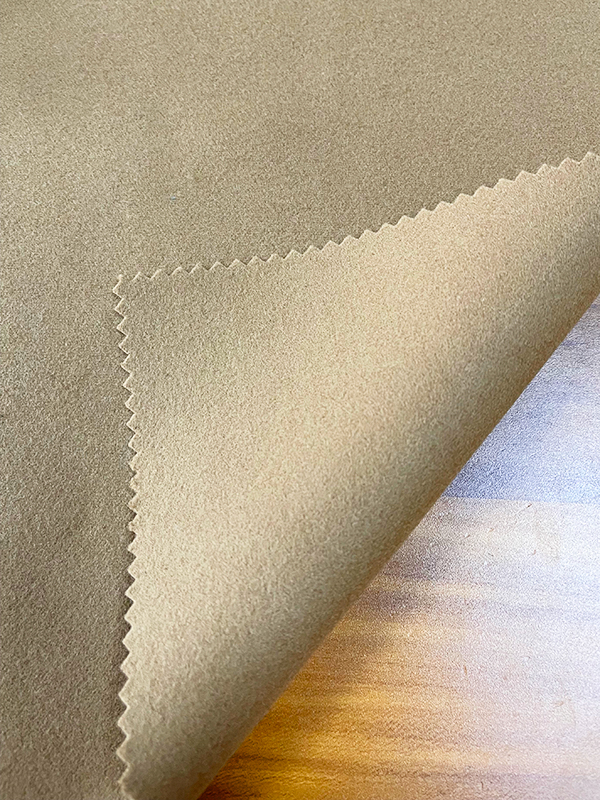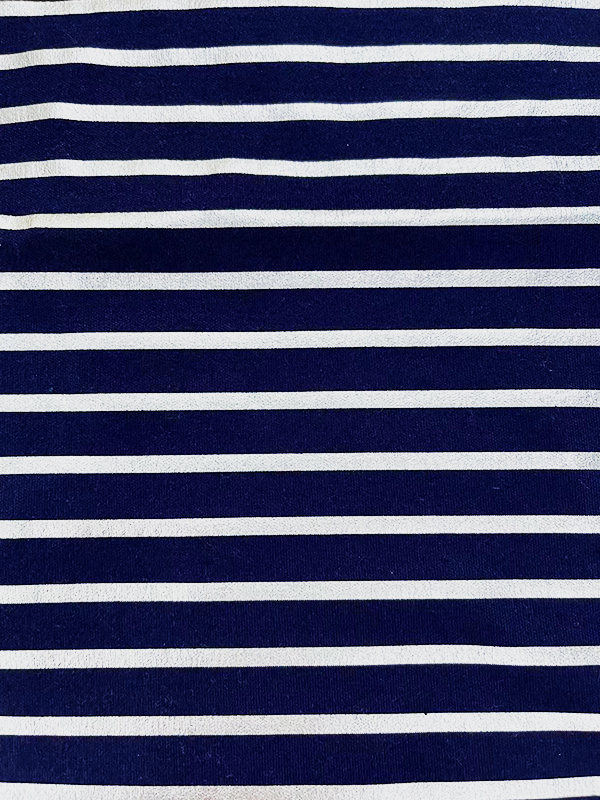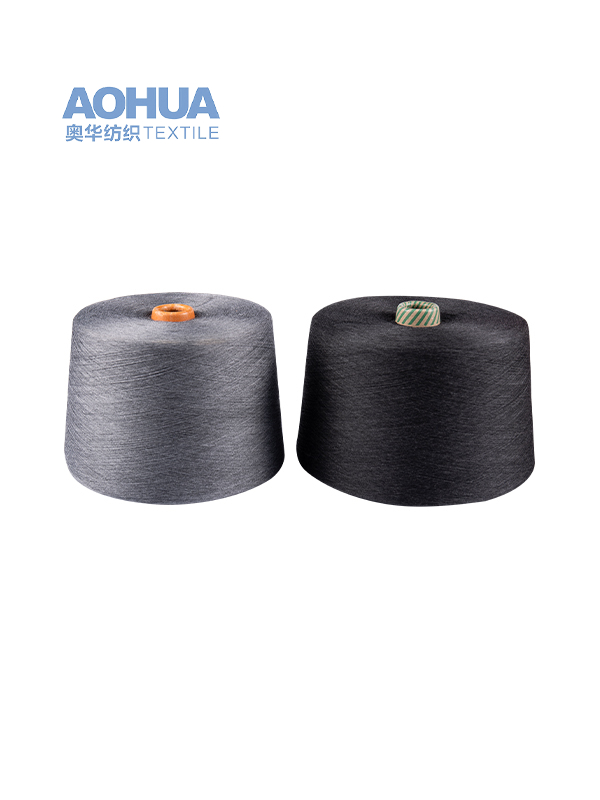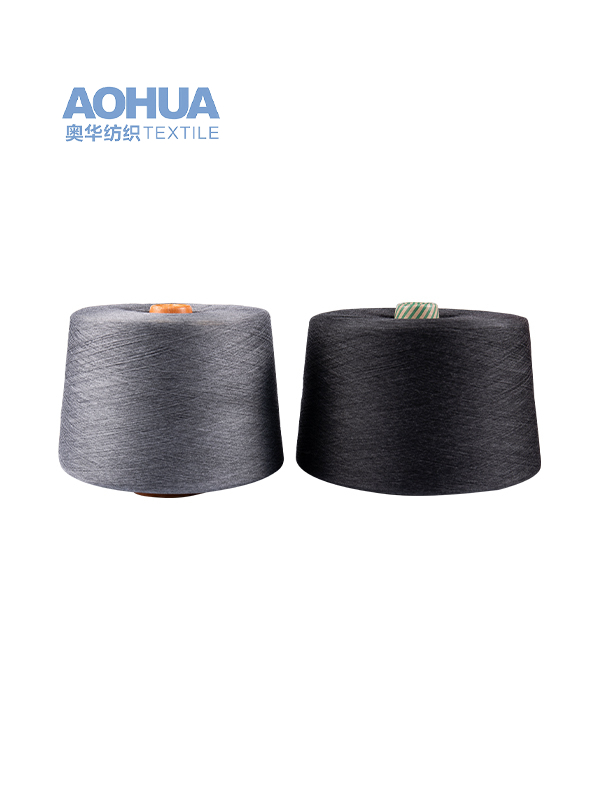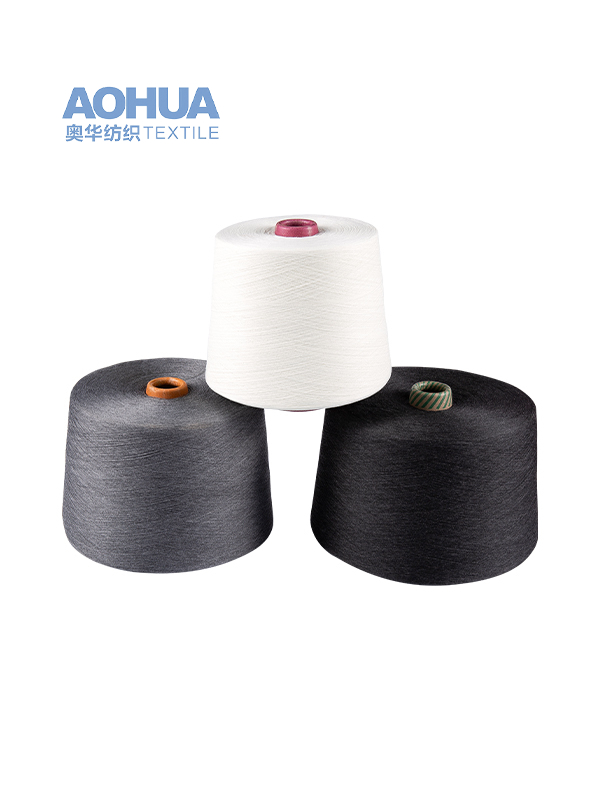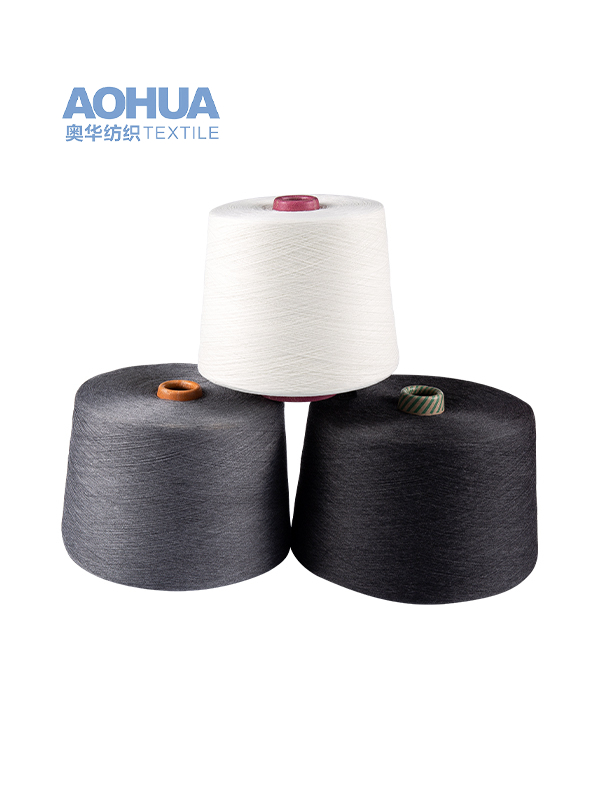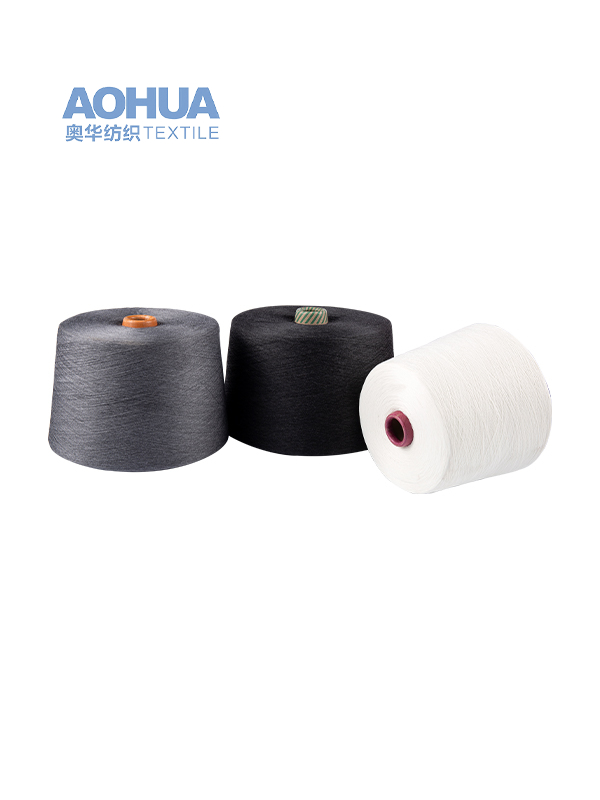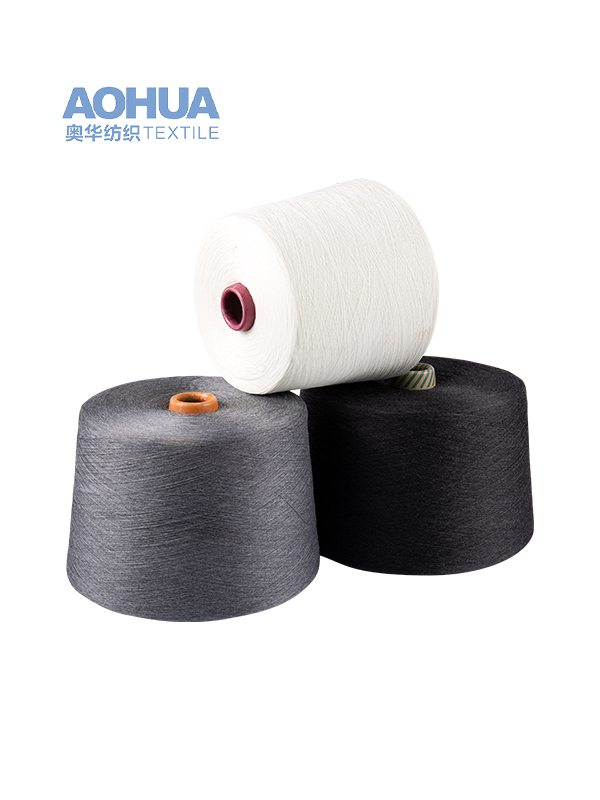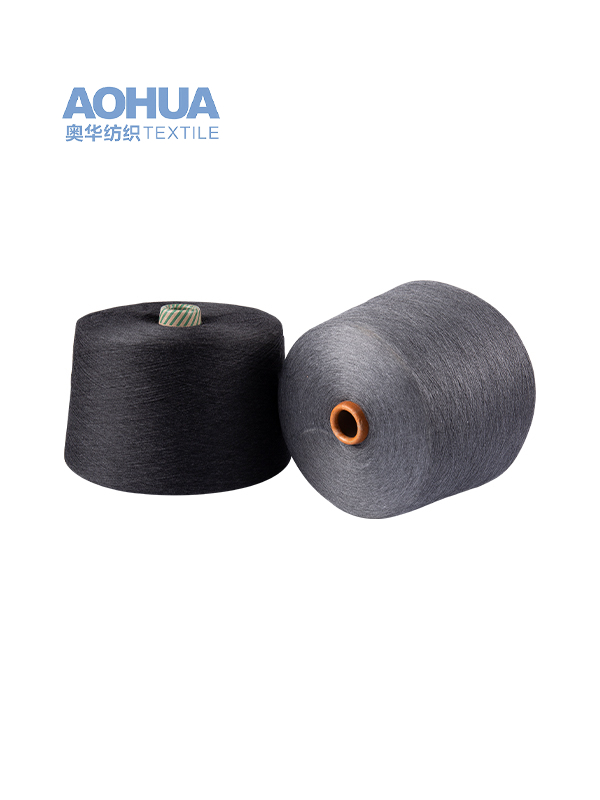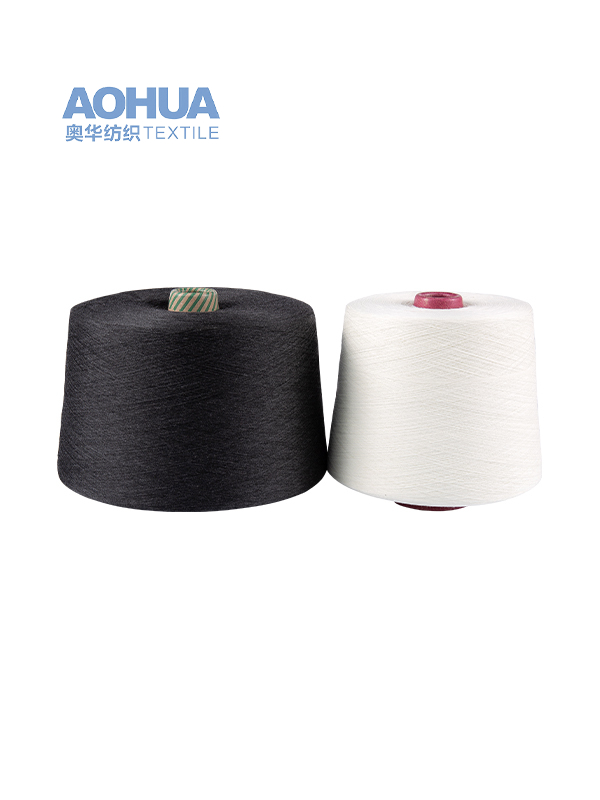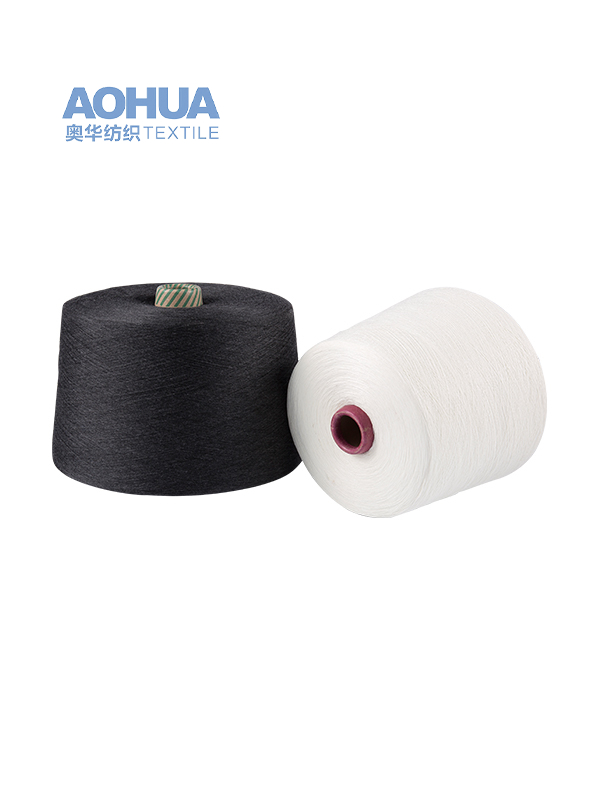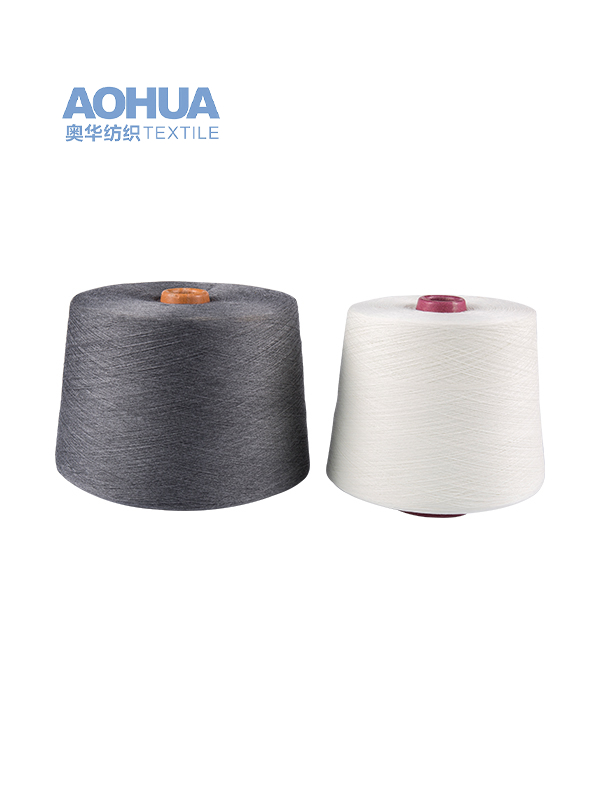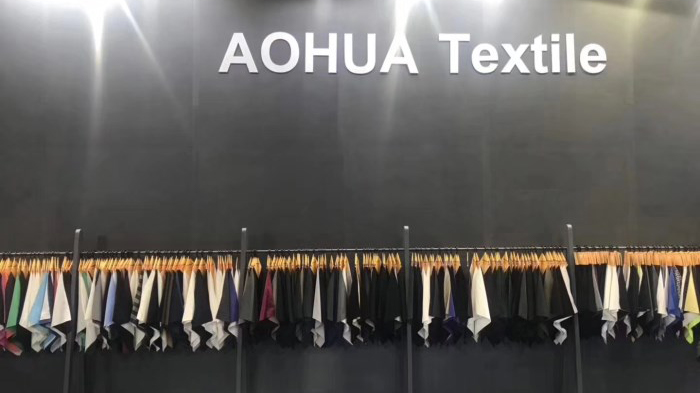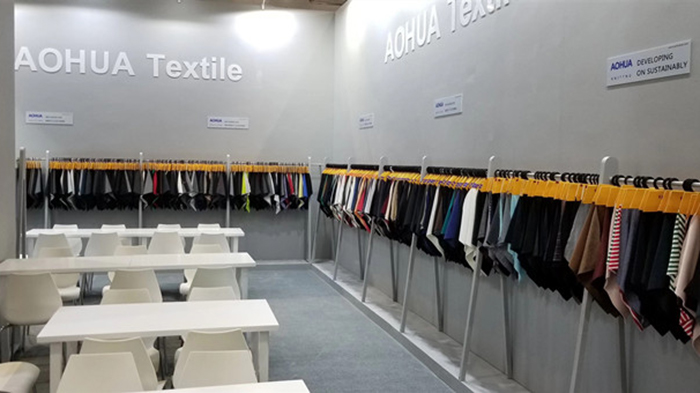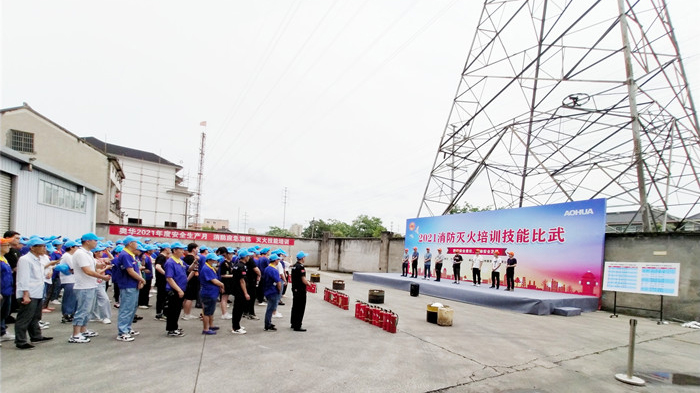We are a national high-tech enterprise. At present, there are many kinds of self-woven and cooperatively processed fabrics, including microfiber warp-knitted towel cloth, weft-knitted towel cloth, coral fleece, etc.
In the ever-evolving world of textile manufacturing, innovation drives superior performance and enhances the qualities of yarns. Vortex spinning, a revolutionary technique in the yarn production process, has made significant strides in the industry, gaining attention for its impressive advantages. But what exactly is vortex spinning yarn, and why is it becoming an essential choice for modern fabric producers?
Vortex spinning is an advanced method that utilizes centrifugal force to twist fibers into yarn. Unlike traditional spinning methods, where fibers are twisted between two spindles, vortex spinning generates the twist by propelling the fibers into a rapidly rotating air vortex. This unique process creates a yarn that boasts numerous exceptional qualities, making it highly sought after for a wide range of applications.
One of the most notable benefits of vortex spinning yarn is its superior strength. The process inherently creates a more compact structure, resulting in a yarn that is not only stronger but also more durable than conventionally spun yarns. This increased tensile strength translates into fabrics that exhibit higher resistance to wear and tear, extending the life cycle of garments and textiles.
Furthermore, vortex spun yarns are known for their exceptional smoothness and consistency. The controlled, air-driven process ensures that the yarn is virtually free from irregularities, which in turn leads to fabrics with a superior surface finish. Whether the yarn is used for high-end apparel or industrial textiles, the result is always a fabric with a clean, uniform texture, free from imperfections. This smoothness also enhances the overall aesthetic appeal of the finished product.
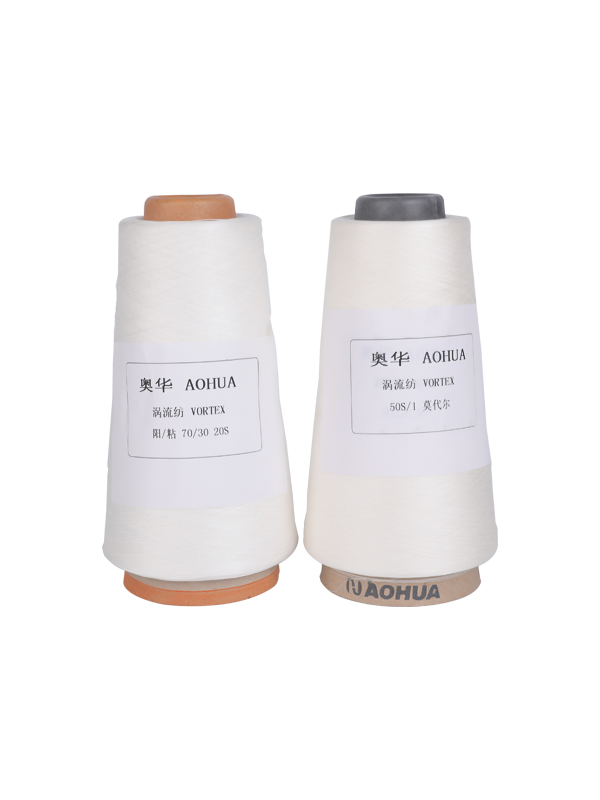
Another key advantage of vortex spinning yarn is its versatility. The technology can accommodate a wide variety of fiber types, from natural to synthetic fibers, allowing manufacturers to produce a diverse range of yarns. The flexibility of this method means that producers can meet the demands of different market segments, from fashion to technical textiles, with greater ease.
Additionally, vortex spun yarns exhibit enhanced moisture absorption and breathability, making them a prime choice for activewear and performance fabrics. The air vortex process creates a yarn that has improved moisture-wicking properties, drawing sweat away from the skin to the surface of the fabric, where it can evaporate more efficiently. This feature is particularly beneficial for athletes and individuals seeking comfort and functionality in their clothing.
Environmental concerns have also driven the growth of vortex spinning technology. Because the method requires less energy compared to traditional spinning, vortex spinning offers a more sustainable option for yarn production. Manufacturers looking to reduce their carbon footprint can benefit from adopting this process, as it supports both operational efficiency and environmental responsibility.
Vortex spinning yarn is not just another trend in the textile industry but a groundbreaking innovation that offers numerous benefits. From its strength and durability to its smoothness, versatility, and environmental advantages, vortex spun yarn stands at the forefront of modern yarn production. For manufacturers seeking a competitive edge in the textile market, embracing vortex spinning technology is a decision that promises tangible, long-lasting results.

 English
English 中文简体
中文简体